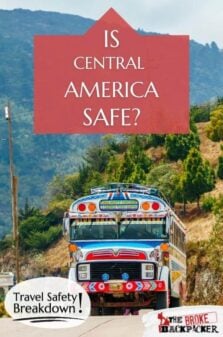Central America is a beautiful region filled with friendly people and amazing adventure… but is Central America safe to visit for travellers?
Sensationalised stories about drug wars and homicides flood the media and paint a dark picture of this region. While drug trade and gang violence are prominent, and governments are known to be engulfed in corruption, it’s unfair to assume the entire region is dangerous.
Most of Central America’s crime and corruption happen far away from the worn-out backpacker routes. I can genuinely say, in my experience, I never felt unsafe while backpacking Central America, even when I trailed off the beaten path.
The civil wars have ended, and the governments are stable. Nevertheless, it’s always important to be a well-prepared and responsible traveler, especially when visiting regions, like Central America, with higher crime rates and safety concerns.
I’m going to share with you some of my experiences with crime in Central America and how I dealt with them. My goal is to show that, whilst it can be hectic, Central America is still a safe place to visit so long as you make the right decisions.

Photo: @joemiddlehurst

Unlock Our GREATEST Travel Secrets!
Sign up for our newsletter and get the best travel tips delivered right to your inbox.
- Keep Informed on Current Events in Central America
- How to Avoid Being a Victim of Crime in Central America
- Is Central America Safe for Women?
- Is Central America Safe for Photographers?
- Is Public Transport Safe in Central America?
- What are the Safest Central American Countries to Visit Right Now?
- The Importance of Travel Insurance
Keep Informed on Current Events in Central America
Talk to local people and keep up with the news to stay in the know. Each Central American country has fluctuating crime rates that vary from region to region.
Furthermore, don’t judge a country solely based on its past. For example, Guatemala was once the center stage of a civil war. Now the World Peace Index deems Guatemala far safer than the USA. It’d be a shame to miss out on backpacking in this country because of out of date information.
Although Guatemala still deals with political corruption (which country doesn’t), things have gotten exponentially better in the last few years. For example, in September 2015, their president was forced to resign after he was found guilty of a corruption scandal. Presidents and government officials have been known to get away with murder (literally), and use military force against peaceful protesters, so this was a huge step for democracy in Guatemala.
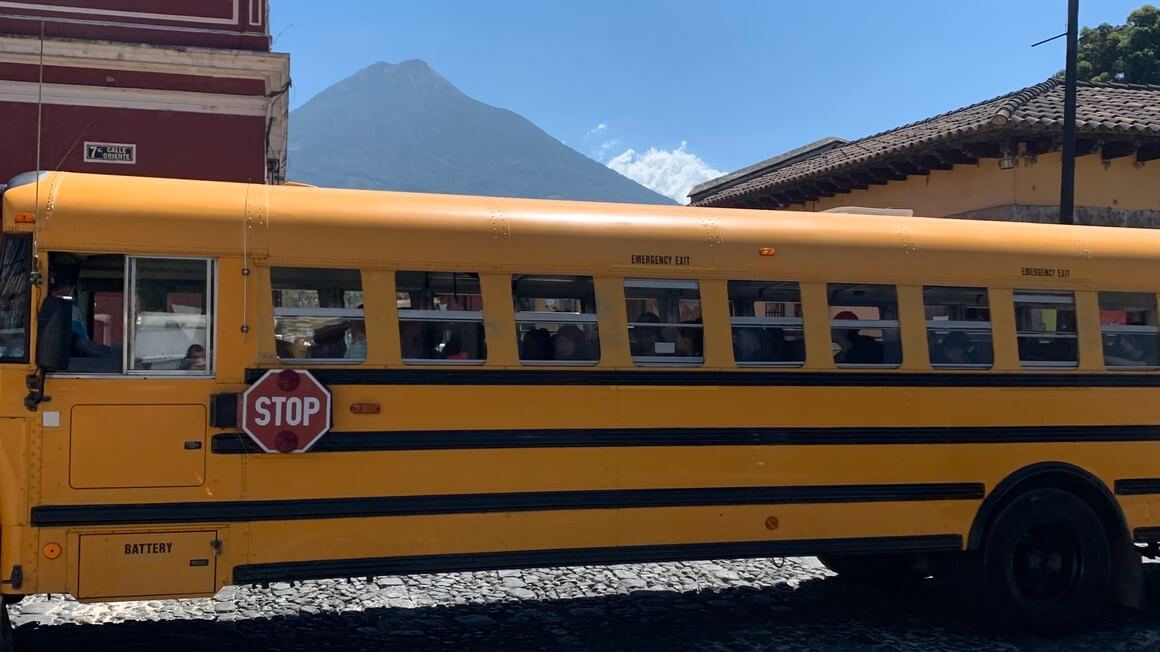
Photo: @joemiddlehurst
Nicaragua is another country that recently experienced a destructive civil war, but the country is recovering and rebuilding, and its locals welcome tourists with open arms. As of 2019, Nicaragua is not 100% safe, but it’s not nearly as bad as some people make it out to be.
Ultimately, each country in Central America experiences different waves of crime and security issues for its own reasons. For better or worse, things are always changing and so is the answer to the question “Is Central America safe?” Every country is safe to visit, as long as travellers use common sense, and keep up to date with the latest news in each region.
There is no such thing as a perfect safety guide, and this article is no different. The question of “Is Central America Safe?” will ALWAYS have a different answer depending on the parties involved. But this article is written for savvy travellers from the perspective of savvy travellers.
The information present in this safety guide was accurate at the time of writing, however, the world is a changeable place, now more than ever. Between the pandemic, ever-worsening cultural division, and a click-hungry media, it can be hard to maintain what is truth and what is sensationalism.
Here, you will find safety knowledge and advice for travelling Central America. It won’t be down to the wire cutting edge info on the most current events, but it is layered in the expertise of veteran travellers. If you use our guide, do your own research, and practise common sense, you will have a safe trip to Central America.
If you see any outdated information in this guide, we would really appreciate it if you could reach out in the comments below. We strive to provide the most relevant travel information on the web and always appreciate input from our readers (nicely, please!). Otherwise, thanks for your ear and stay safe!
It’s a wild world out there. But it’s pretty damn special too. 🙂
Be Aware that Safety in Central America Can Change Anytime
In January 2017, a mini drug war broke out between two cartels in the Cancun and Playa del Carmen region, resulting in a few shootings outside public places and at a nightclub during BPM (music festival). A couple friends of mine worked in Playa del Carmen during the BPM shooting and had to leave with 24-hour notice because of cartel extortion threats at their hostel.
This isolated safety concern in Mexico* is an example of how things can change in suddenly in the region. One moment, a beach town is thriving and there’s not a care in the world; the next, it’s a warzone. Of course, shootings can happen anywhere, but it’s especially important to be prepared for sudden changes in security when traveling in regions linked to drug and gang violence.
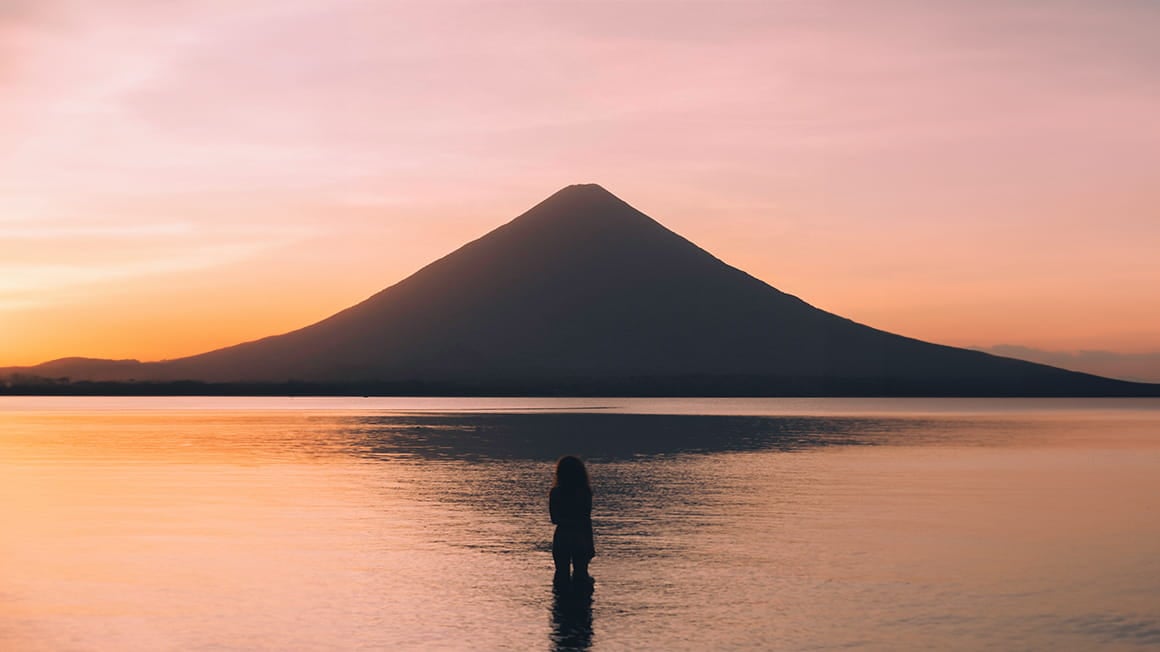
Photo: @drew.botcherby
Another prime example is the escalating domestic violence in Costa Rica. Once thought to be one of the safest countries in Central America, Costa Rica is now suffering from levels of crime and murder rates that rival its neighbors. Just goes to show you that nothing is really forsure when you travel around Central America, so it’s important to stay up to date and alert.
*I realise Mexico is not technically part of Central America, but it is usually part of the common backpacker route. Plus drug/gang violence is an issue in Central America as well.
Use Caution in Capital Cities, especially in “The Northern Triangle”
When most people picture the dangers of Central America, they’re thinking of the Northern Triangle: Guatemala, Honduras, and El Salvador. These countries statistically hold the highest homicidal and kidnapping rates. The security in Honduras gets a particuarly bad rap, which is a shame considering the country also has some of the best diving in the world.
Most violent crimes are concentrated in the capital cities, and to be frank, these leave little to be desired for the common backpacker. Generally, you travel to these countries for the nature, not the capital cities. So if you find asking yourself the question “Is Central America safe?” A LOT – maybe head to nature and avoid cities except for transit purposes.
Gang violence and muggings concentrate in specific city zones depending on gang territories. Avoid these areas, and talk to locals and hostel managers for up-to-date info.

As awful as the gang violence is, it’s happening in big city neighbourhoods, not tourist towns. When it does affect tourists, it’s usually a “wrong place, at the wrong time” incident; however, for extra precaution, it’s best to avoid excess drinking/clubbing and late nights in the cities.
I’ve met many expats who live in these countries, and none of them have had any safety concerns. In my opinion, they’re all safe to travel if you keep your street smarts, and avoid specific zones in the big cities.
(Also, don’t miss out on backpacking in Guatemala – it’s my favourite Central American country, regardless of what’s on the news!)
How to Avoid Being a Victim of Crime in Central America
Everyone freaks out about homicides and extortion rates in Central America, but the truth is that most reported crimes in Central America are petty and opportunistic (i.e. muggings and car break-ins).
Unfortunately, travellers will always be a target because thieves assume travellers have more money. If it’s not obvious, don’t wear designer brands, flashy watches, and jewellery, or carry expensive cameras/electronics in plain sight. And keep an eye on your belongings in crowded areas.
I’ve noticed most robberies occur away from public places when no one is around and valuables are left unattended. This includes quiet beaches, national parks, and hiking trails!

Trust your gut. If you feel uncomfortable, remove yourself from that situation/area.
Don’t walk alone at night, and keep your valuables locked up or in sight.
Most importantly, be aware of your surroundings, but try not to be overly paranoid. Yes, robberies happen, but most locals and travellers in Central America are warm, helpful people.
Check out Backpacker Safety 101 for more tips and tricks to stay safe whilst backpacking.
Learn from my Experience… Never Leave Valuables Unattended
“Pura vida,” the Ticas (Costa Ricans) say.
It means pure life in Spanish, and it’s the mantra every Tica lives by.
After 3 blissful months in Central America, I, admittedly, started backpacking Costa Rica with my guard down, expecting it to be the safest country in Central America. To my naivety, I was robbed on my second day in Costa Rica. Yes, second!
Here’s the story…

My boyfriend, best friends, and I rented a car to explore Costa Rica’s lesser known beaches.
We decided to check out a beach called “Playa Barrigona” based on locals’ recommendations. When we arrived, there weren’t many beach goers around, just a few locals, hula hoop dancers, and surfers. It seemed calm and safe enough, so we didn’t think twice about leaving our bags unattended.
An hour later we came back to a locked car and three missing bags, all of which contained our passports, wallets, and computers…
I’d be lying if I said, we were still rolling with the “Pura vida” mentality.
That entire week we dealt with insurance claims, police reports, and multiple detours to the US embassy for new passports. It was, to put it nicely, a stressful experience.
Some Crucial Safety Lessons for Central America
Silver lining? I learned a few valuable travel lessons when my stuff was jacked.
For one, never ever leave valuables unattended, even if the area seems secluded and safe, hell, even if the country seems safe.
Secondly, a locked car and hidden items are not going to stop a determined team of robbers. They had special tools to open our car within minutes and swiped everything in the glove box, under the seats, etc.
Thirdly, if you have to leave your bags in the car, park in a patrolled parking lot, or at the very least, pay someone a few bucks to watch it.
Finally, take my advice on staying up to date on the news and talking to locals. Just talking to people often the best way to find out about safety in Central America and where is safe and where is not.

Photo: Ana Pereira
It was only after the incident that we learned that as Costa Rica’s cost of living rises, so do the number of robberies. Ironically, you can partly blame tourism for that. We also learned that Guanacaste, the specific region where this all went down, is dealing with a serious drug problem, and drug usage usually correlates with theft… to buy more drugs. (Apparently, the U.S embassy in Costa Rica files more stolen passport reports than any other embassy in any other country in the entire world! Who knew?)
I think the most important lesson we learned is to not let incidents like this ruin a trip. Theft can happen anywhere in the world, but stuff is replaceable; memories aren’t. Looking back at my trip, I have a ton of unforgettable memories I’ll carry with me to my grave, and this one negative incident can’t take those away.
Using a Money Belt that Doesn’t Scream Rob Me
If, at the end of the day, you’re stilll very concerned about being robbed in Central America, there is a safe way to hide your cash. When designed and used properly, money belts can be a very effective means of fooling robbers.
I reccommend getting money belt that is both useful and inconspicuous. Avoid investing in one of those blatantly obvious ones that go around your abdomen and instead buy one that actually looks like a belt.

The Pacsafe Money Belt is our best bet. It’s affordable, it looks and acts like a belt, and it’s sturdy – what more could you ask for out of a money belt! It should be able to keep your money safe even in the most dangerous countries of Central America.
Is Central America Safe for Women?
I was traveling Central America with my boyfriend, but I met tons of solo female travellers on the road. All of them said they felt completely safe traveling through Central America.
Overall, this region is much less aggressive than say, India, and you shouldn’t experience any touching or groping (without consent at least).
On the other hand, catcalls, whistles, and lewd comments are common. They’re more an annoyance than a safety issue, and the best response is to ignore the remarks.
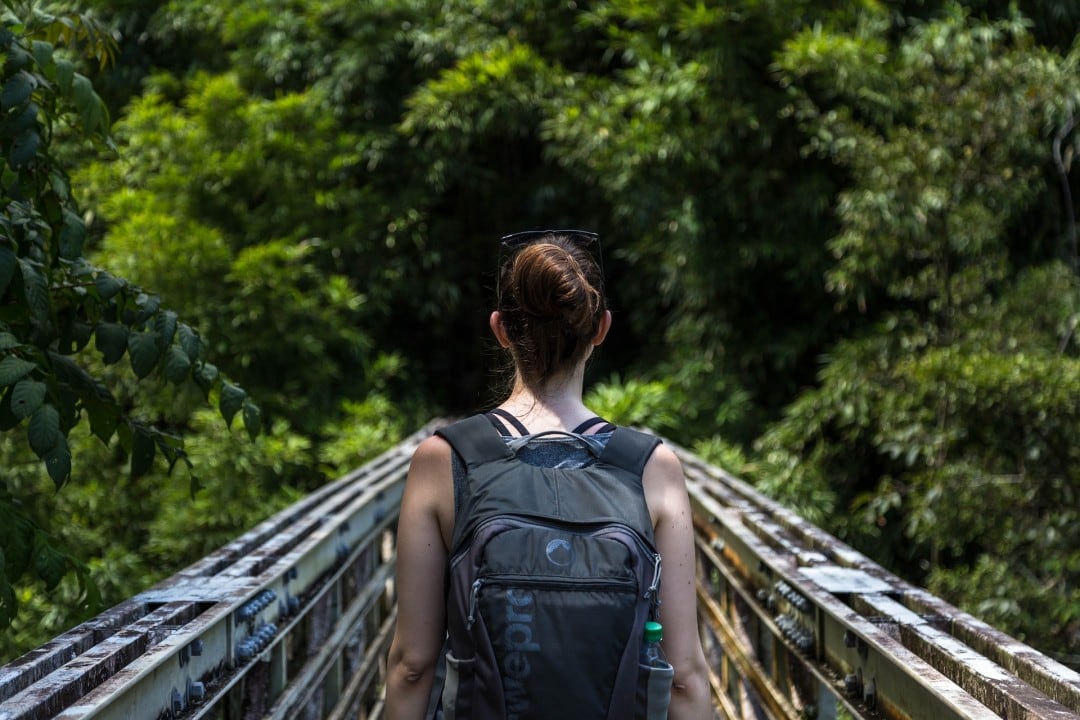
There is no specific dress code to adhere to, but in general dressing more conservatively will help evade unwanted attention. Locals almost never wear shorts, even in the humid heat, but it’s not culturally insensitive for travellers to.
Women, never walk alone at night. This is when most assaults happen and drunk harassers can be more aggressive.
Is Central America Safe for Photographers?
Travelling with a camera in Central America is completely safe. (Just don’t leave it unattended in a car!)
I don’t recommend carrying a brand named camera bag, or anything that clearly demonstrates you own a camera. I wrap my camera in a scarf for protection, and keep it in my travel daypack.

Consider a mirrorless camera vs a DSLR. Mirrorless cameras are small, discrete cameras with fantastic picture quality, and a growing lens selection. Plus, they look more like point-and-shoots than expensive DSLRs.
Look into personal liability insurance for all your electronics. As least in the USA, it’s cheap and easy to sign up for. It costs me about $5 a month to insure my camera, lenses, and mac book with StateFarm, and gives me peace of mind while travelling with expensive items.
Is Public Transport Safe in Central America?
I’m all for taking the cheapest form of transportation, but inner-city buses in Guatemalan City, Tegucigalpa, Pedro San Sula, and San Salvador are not the safest places in Central America right now. These cities have a huge problem with gang extortion. Gangs demand fees from bus owners for passing through their territories. To assert control, they regularly kill bus drivers (even with people aboard).
If you can manage it, avoid taking the local buses in the cities. In fact, you should probably be avoiding the cities all together.
Getting outside of Central America’s cities can be a little hectic as well. Those colourful local buses, locally referred to as chicken buses, that you see you zooming around do get in accidents sometimes and if you’ve ever been on one you know that safety standards are not aways up to par.
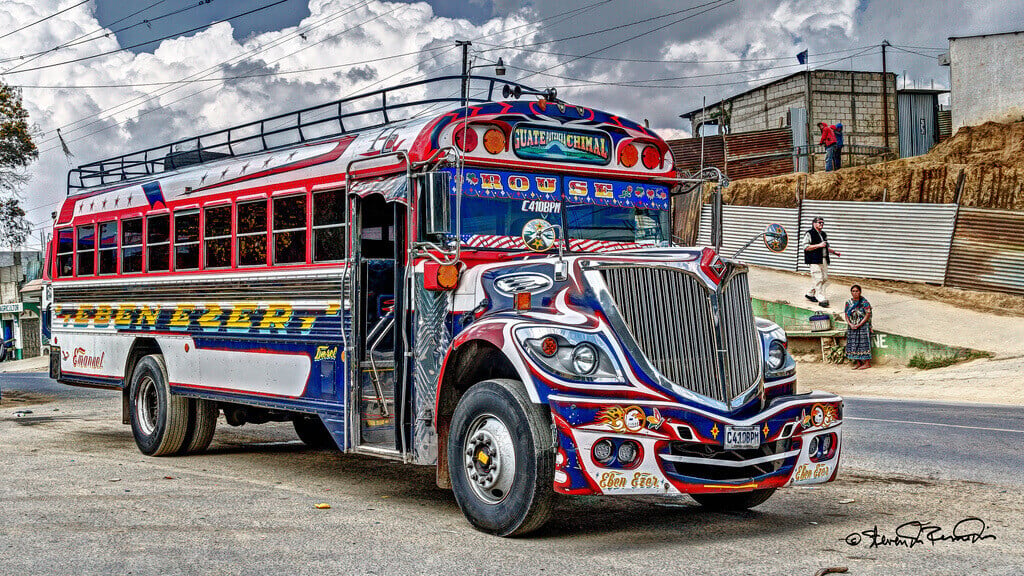
When it comes to riding buses in Central America safely, try to use the larger mainliner buses as they are by far the safest mode of transportation. Bear in mind that these will not always be available though; if you have no other choice than to take a chicken bus, just try and not get on the shabbiest-looking one you can find.
Also, ALWAYS keep your bags near you. Better yet, have them on your actualy body. I often will slide a leg through a backpack strap, just to make sure no one can steal without alterting me.
What are the Safest Central American Countries to Visit Right Now?
If you were an expecting an assured answer here guys, I’m sorry to say, there is none. That is because every country in Central America is safe to visit, at least for those who have been paying attention to this guide.
If there’s one big thing that readers should take from this guide is that each Central American country suffers from its set of unique problems and that these problems are constantly changing. This month country x maybe the safest place to visit in Central America and then 6 months later it could be the opposite. For this reason, it’s probably best not to sweat the details.

Photo: @joemiddlehurst
Also, every traveller has their own unique syle of travelling and each style comes with its own set of problems. The guy who insists on going ful Indiana Jones in the jungles of Costa Rica will probably face different problems than the guy who likes hanging out in the pueblos.
In the end, each country will have its own merits based upon what you want to do. If someone insists upon staying in the cities, they’d probably be better off going backpacking in Panama, where the urban areas are generally safer. If you like nature, Nicaragua might be the safest Central American country to visit right now, since the cities might still be recovering from the 2019 protests. But these are just a couple of examples.
The Importance of Travel Insurance
ALWAYS sort out your backpacker insurance before your trip. There’s plenty to choose from in that department, but a good place to start is Safety Wing.
They offer month-to-month payments, no lock-in contracts, and require absolutely no itineraries: that’s the exact kind of insurance long-term travellers and digital nomads need.
SafetyWing is cheap, easy, and admin-free: just sign up lickety-split so you can get back to it!
Click the button below to learn more about SafetyWing’s setup or read our insider review for the full tasty scoop.
Final Thoughts on Safety in Central America
Central America has a complicated history and a set of safety concerns to adhere to. It’s important to be aware of your surroundings, and keep valuables locked up and out of sight.
Still, don’t let stories and the media scare you from experiencing a region full of culture and adventure! I had so many wonderful experiences in Central America, despite one robbery, and I can’t wait to go back!
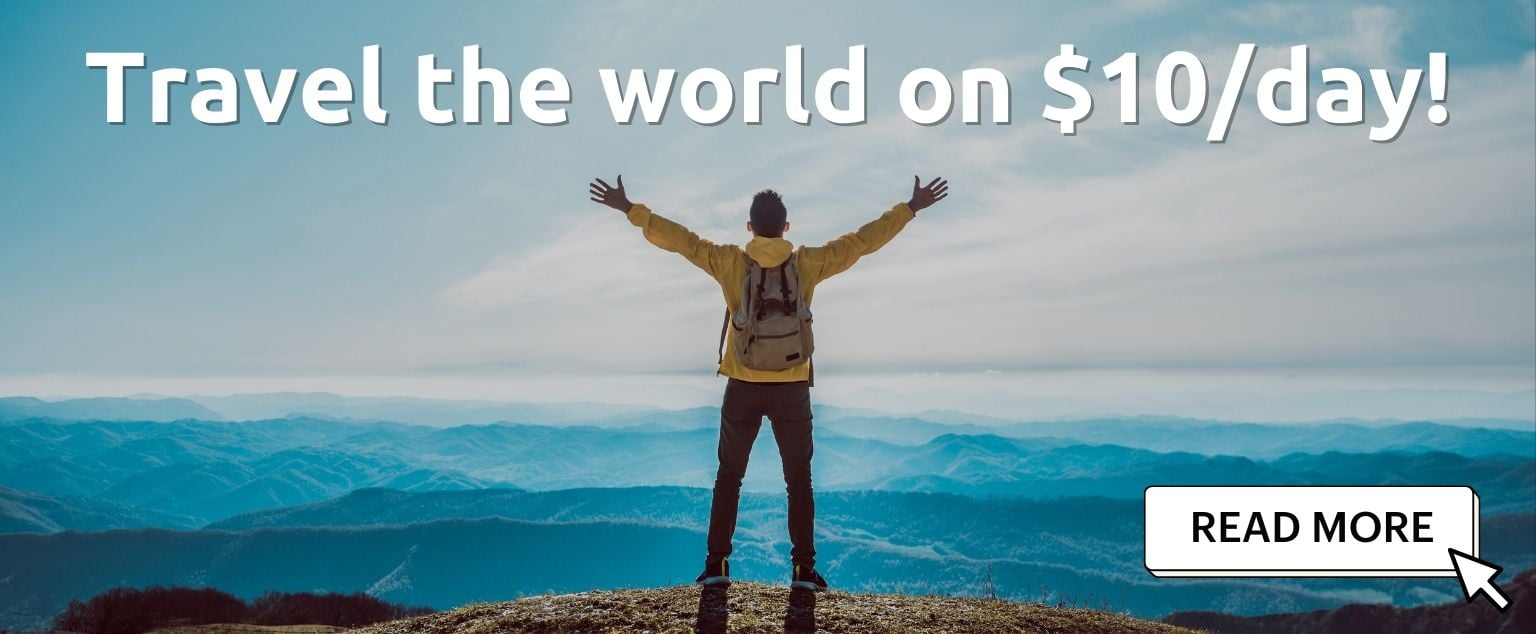
And for transparency’s sake, please know that some of the links in our content are affiliate links. That means that if you book your accommodation, buy your gear, or sort your insurance through our link, we earn a small commission (at no extra cost to you). That said, we only link to the gear we trust and never recommend services we don’t believe are up to scratch. Again, thank you!

Photo: @joemiddlehurst




